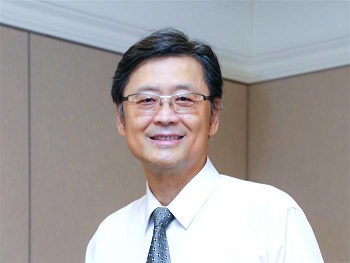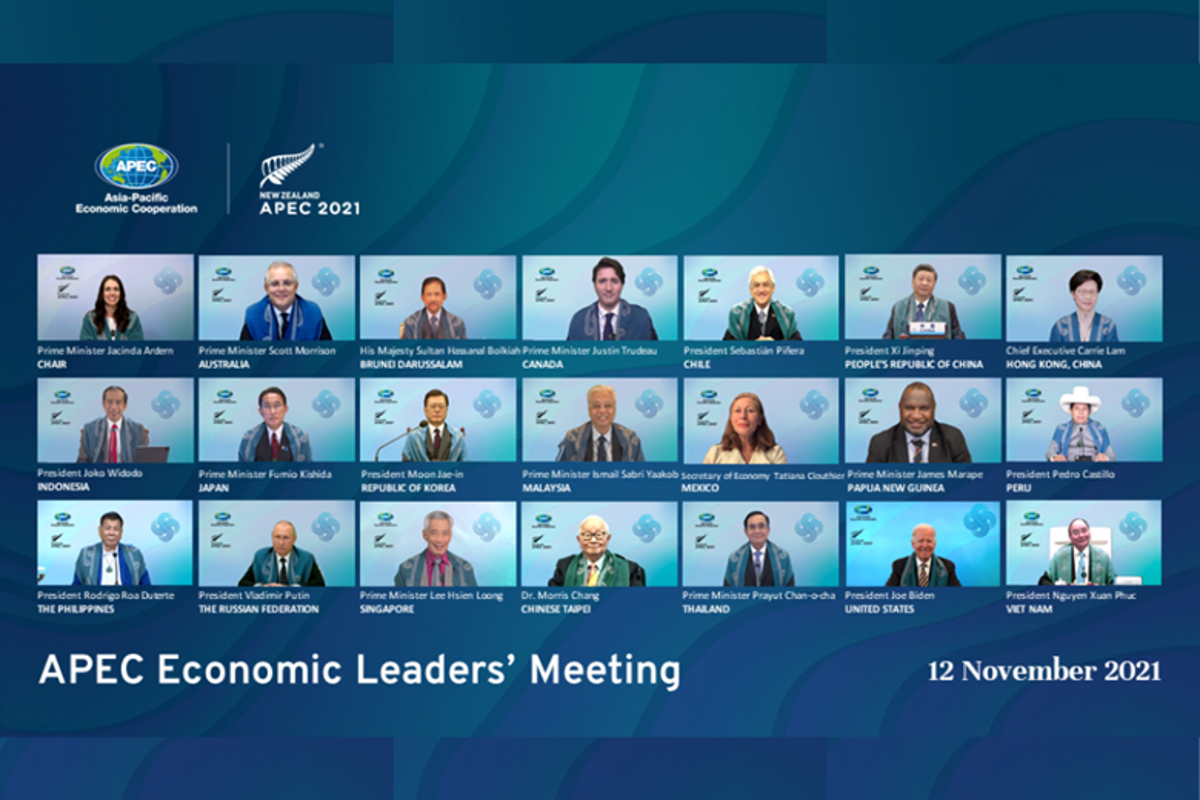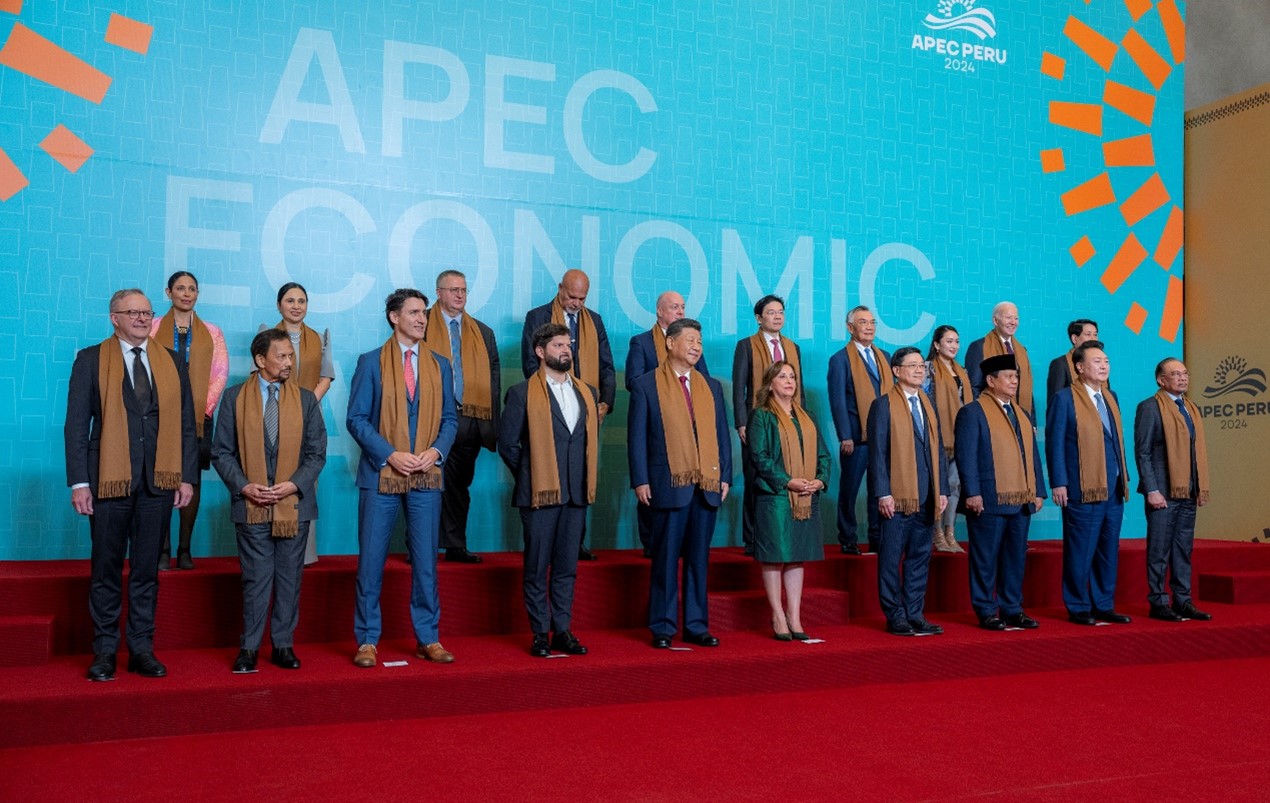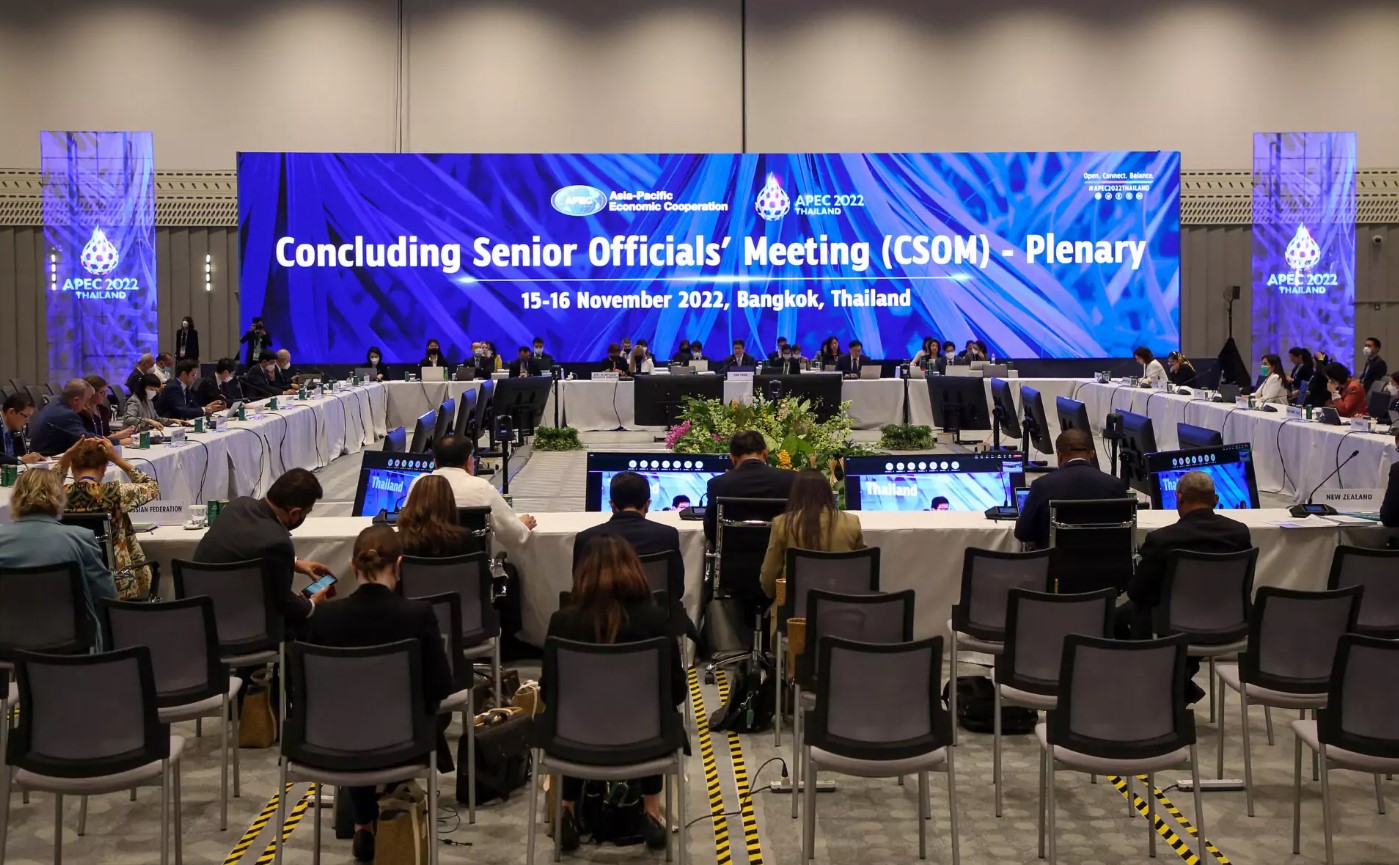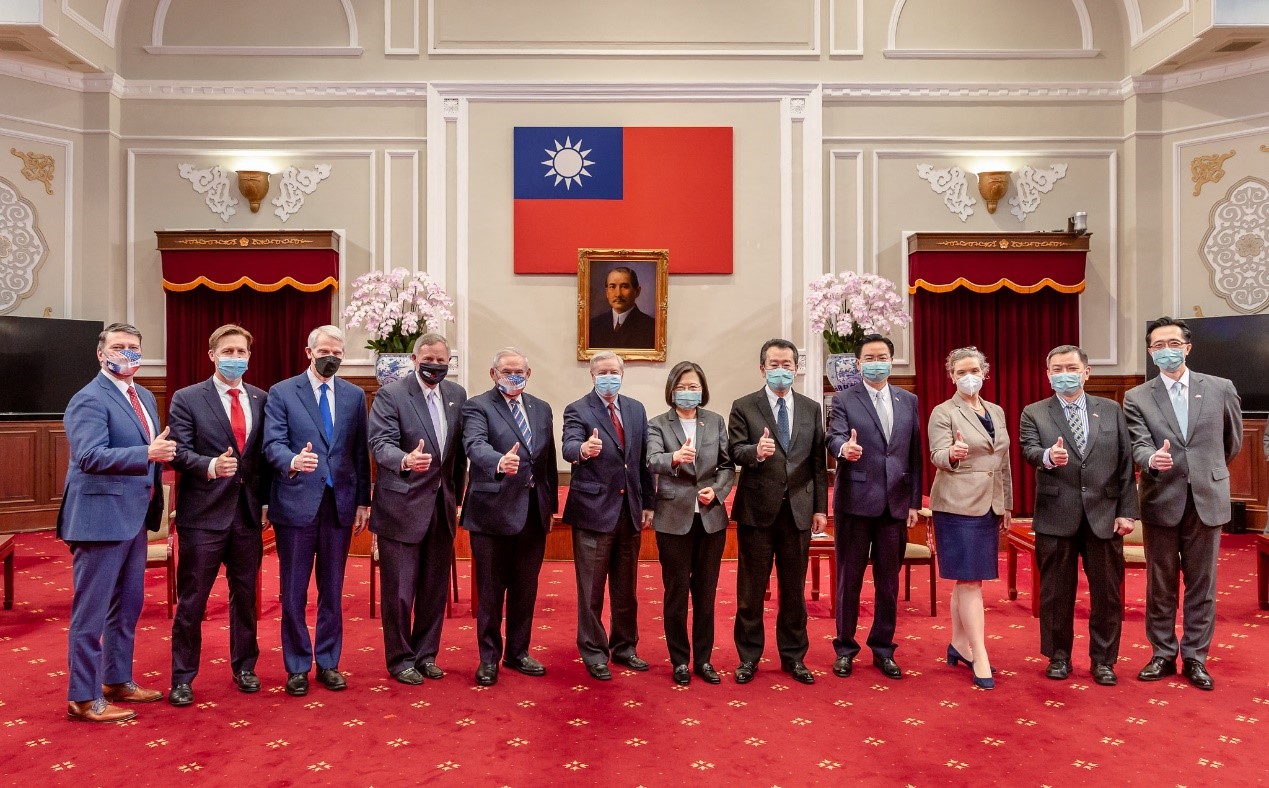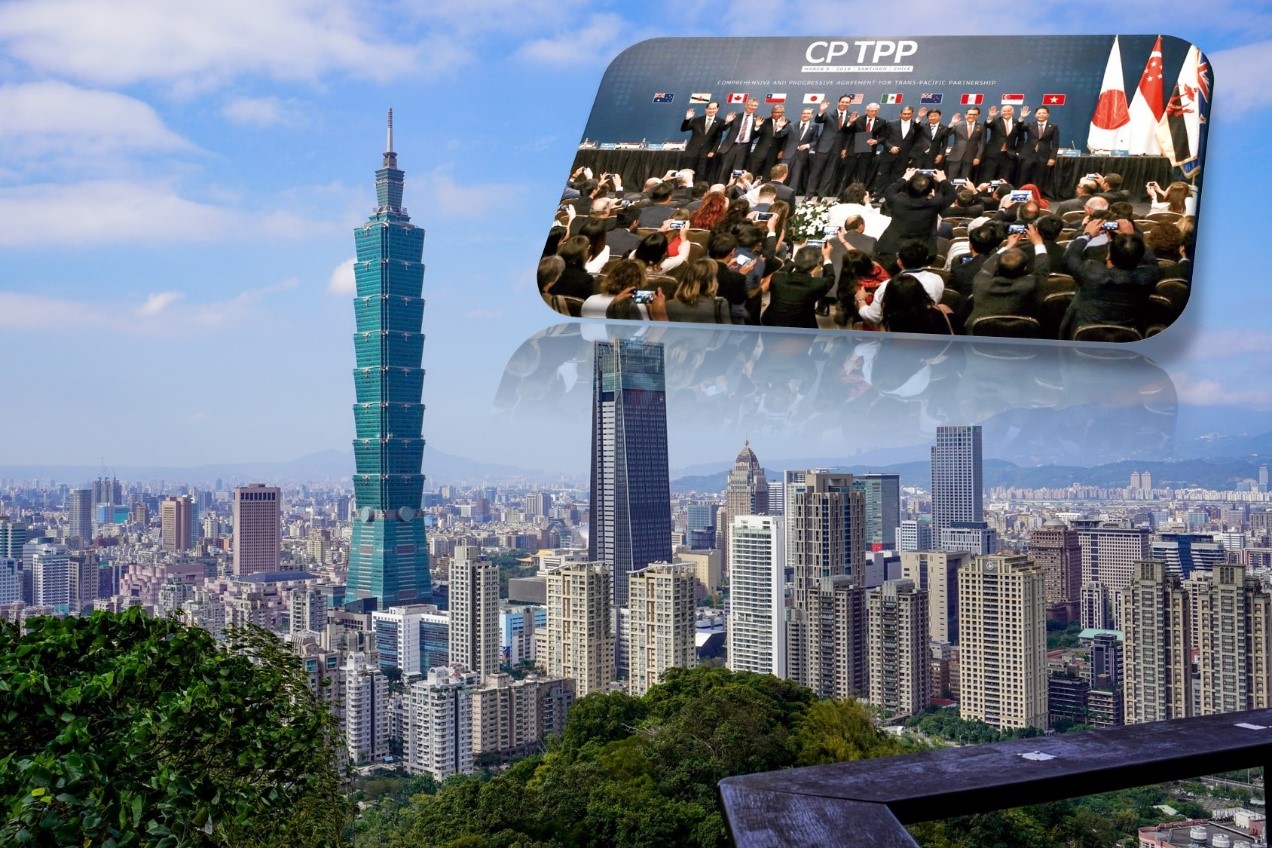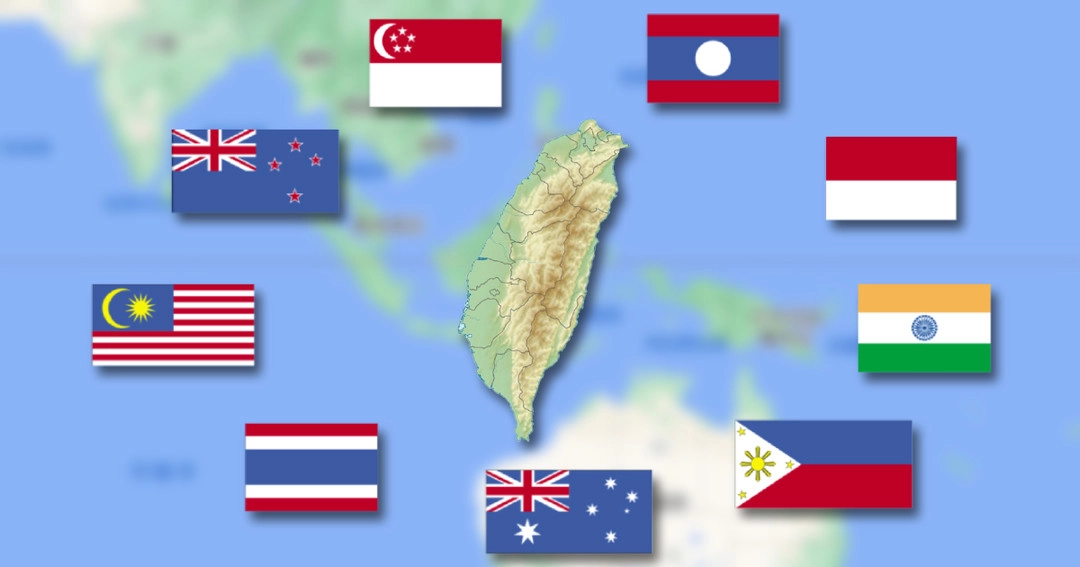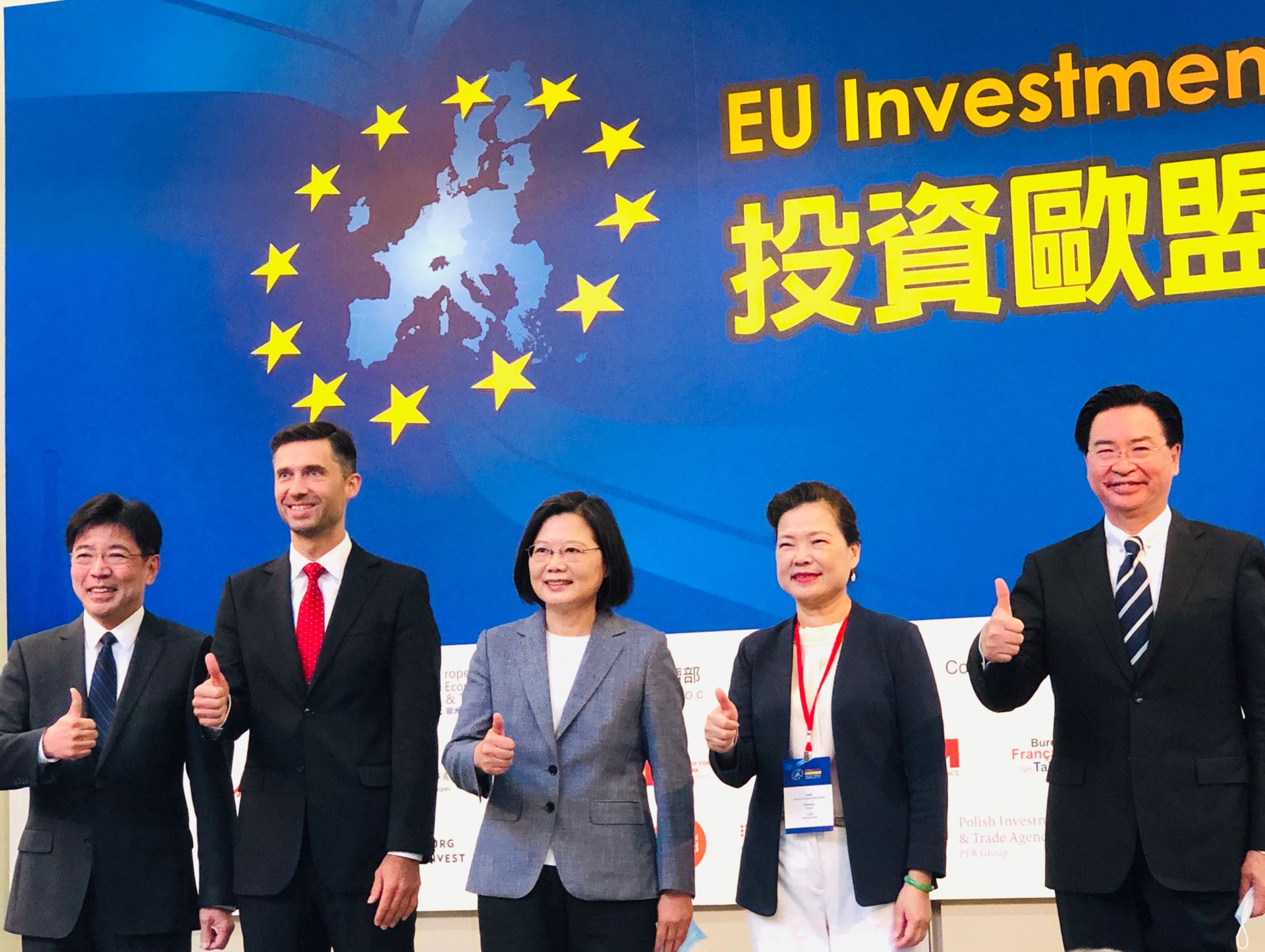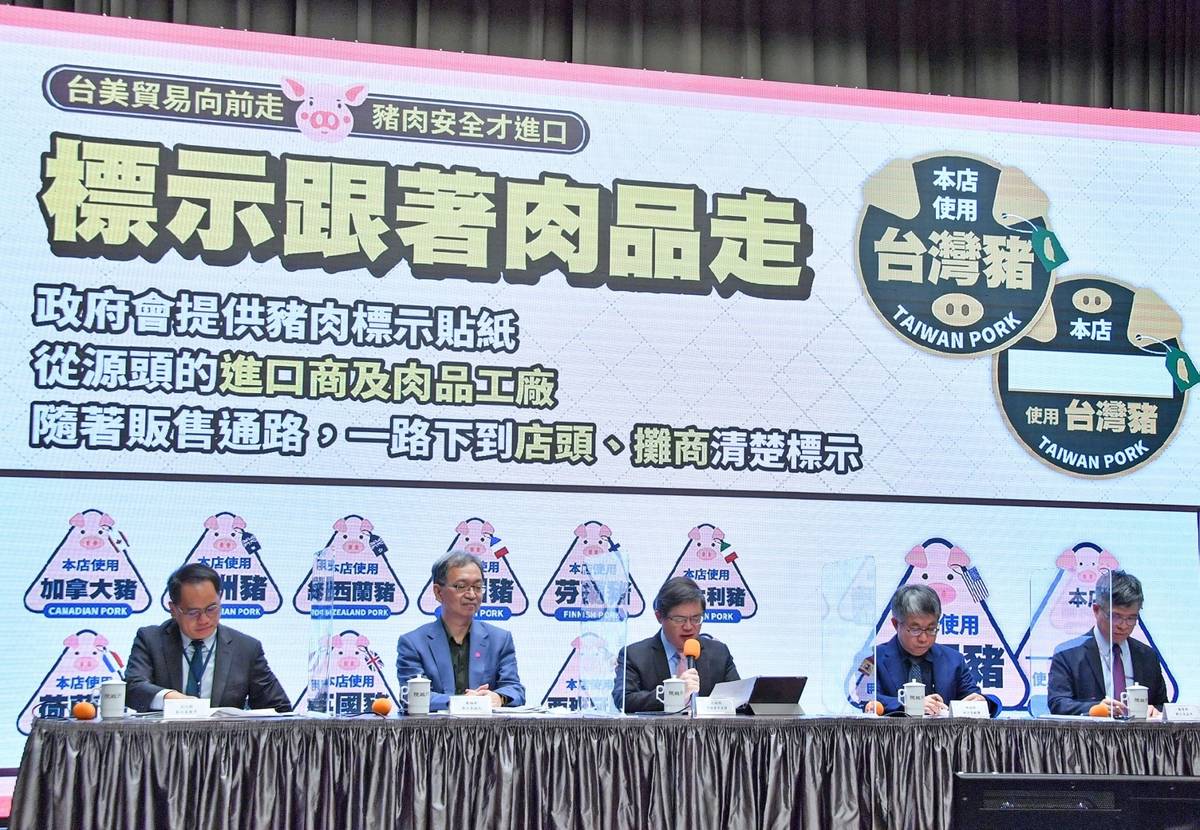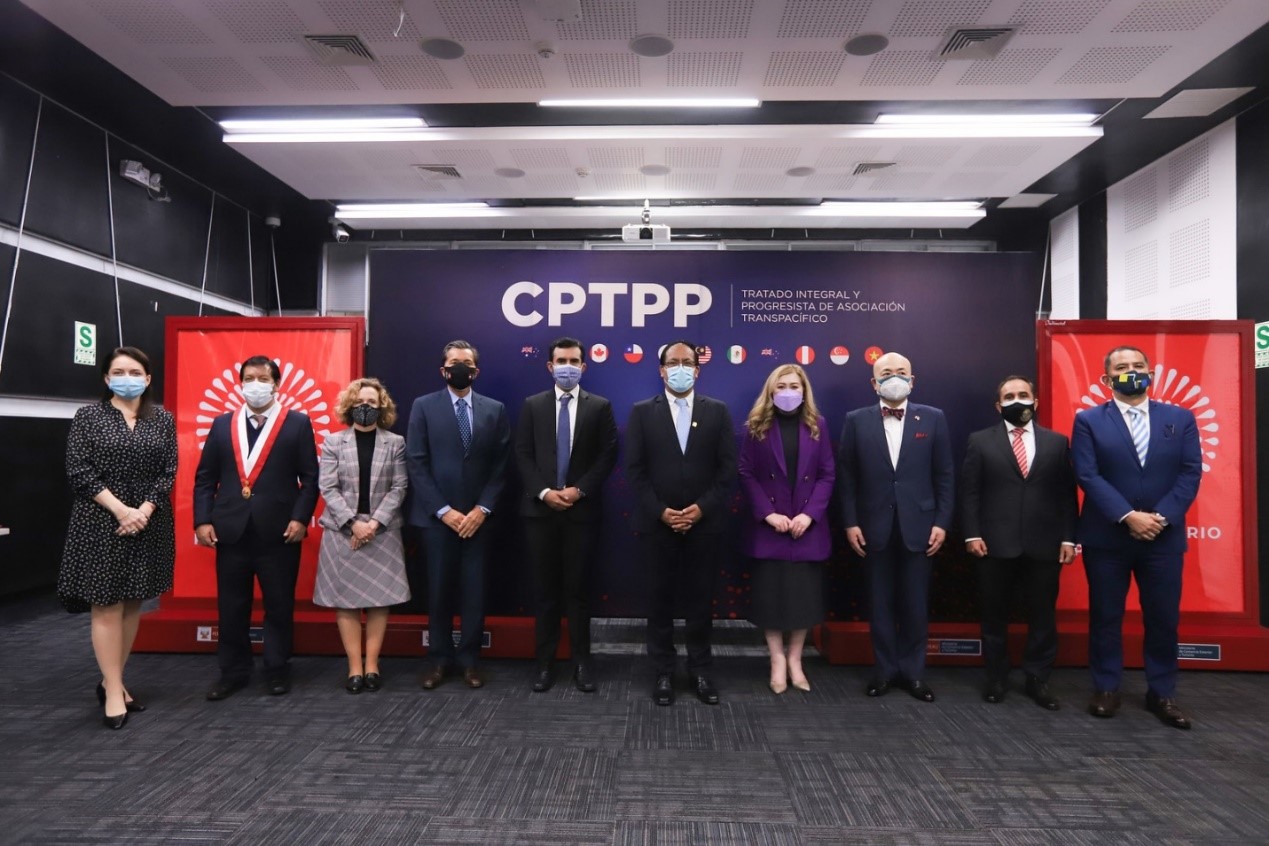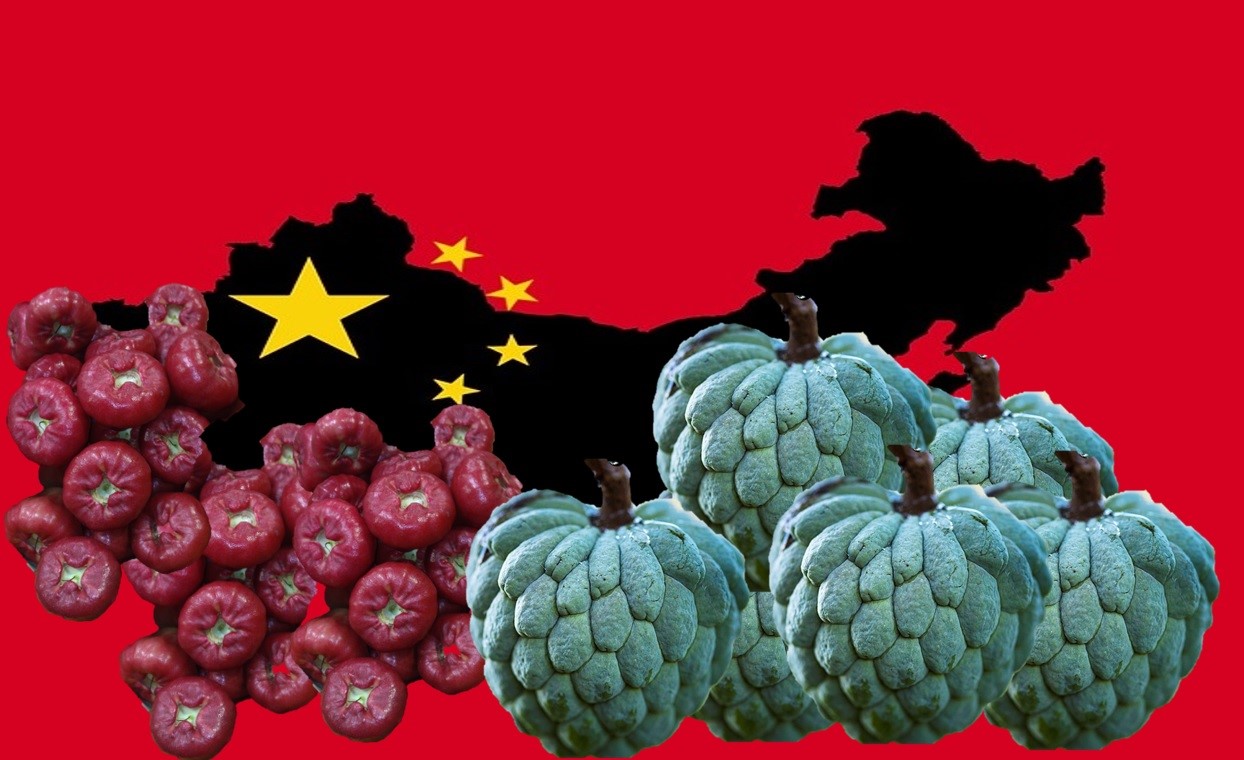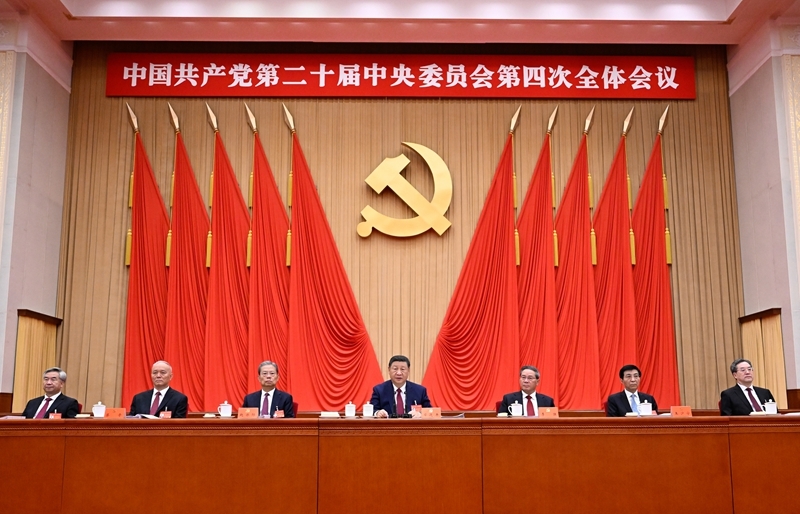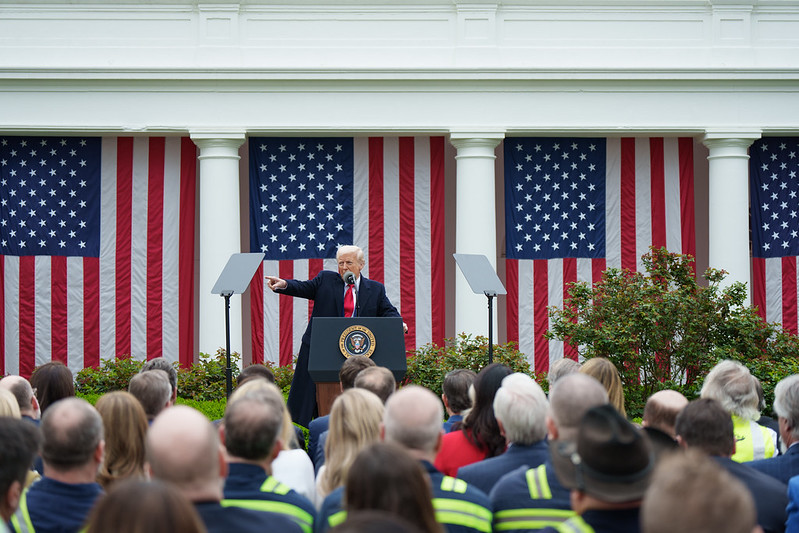The 2021 APEC Economic Leaders’ Meeting was held online on November 12. President Tsai gave Morris Chang two missions: (1) to call for and help APEC member states to obtain vaccines and foster economic recovery; and (2) to encourage more APEC member states to support Taiwan’s participation in the CPTPP. These two missions are essential external political and economic strategies for Taiwan, and deserve close examination.
Picture source: APEC, “APEC Leaders Issue Declaration,” APEC, https://www.apec.org/press/news-releases/2021/apec-leaders-issue-declaration
Prospects & Perspectives 2021 No. 58
Taiwan’s Mission in the APEC Meeting
November 16, 2021
The 2021 Asia-Pacific Economic Cooperation (APEC) Economic Leaders’ Meeting, hosted by New Zealand, was held online on November 12. Again this year, President Tsai Ing-wen announced that Morris Chang, founder of Taiwan Semiconductor Manufacturing Co. (TSMC), would serve as the nation’s representative at the summit. President Tsai gave Chang two missions: (1) to call for and help APEC member states to obtain vaccines and foster economic recovery; and (2) to encourage more APEC member states to support Taiwan’s participation in the Comprehensive and Progressive Agreement for Trans-Pacific Partnership (CPTPP). These two missions are essential external political and economic strategies for Taiwan, and deserve close examination.
The first is how to promote rapid economic recovery after the COVID-19 pandemic, which is a topic of worldwide concern. One key element to recovery is the distribution of vaccines in a more equitable fashion and thereby increase the vaccination rate. Only with widespread vaccination can the pandemic be effectively controlled, domestic economic activity resume, and national borders open to promote international trade and investment. International health diplomacy not only expanded the global coverage of vaccination, but also won international praise and recognition. Taiwan’s mask diplomacy and the large quantities of vaccine donations it received from allies show that pandemic prevention requires extensive international cooperation. Taiwan can also share its scientific epidemic prevention measures and achievements and comprehensive healthcare network with the international community. Related public policies, such as relief programs for disadvantaged individuals and companies, corporate cash subsidies for employment protection, targeted support for the self-employed, and the issuance of consumption vouchers to stimulate the economy, can serve as sources of emulation for other countries. As a member of APEC, Taiwan can help.
The second element of the strategy is to actively strive to join CPTPP for the economic and national security of Taiwan and peaceful development of the region. The U.S.-China trade war and the raging COVID-19 pandemic have highlighted that the fragility of the global industrial supply chain may endanger the economy and security of the country. In future, the reorganization of the global industrial supply chain will focus on increasing resilience through localization and regionalization and forming a reliable alliance of trading partners for economic and national security. Taiwan has a critical role to play in both geographic locations, and its participation in the global supply chain through the provision of key components, especially for semiconductors and electronic information and communication products, is essential. At the same time, Taiwan’s successful development experience—the smooth transformation of its industrial structure, the education and training of talent, the development and transfer of appropriate technologies among industries, the support and cultivation of small and medium-sized enterprises, and the development of medical and healthcare networks—can all serve as references for countries in the region.
The rise of China and its military expansion, as well as the attendant territorial disputes in the East and South China Sea, have increased geopolitical risks and instability. Countries feel deeply threatened, and how to strengthen regional cooperation has become more relevant. In the battle for hegemony between China and the United States, the stability of the Indo-Pacific region requires the participation of the middle powers. In addition to Japan and South Korea in Northeast Asia, it also needs countries with existing economic development experience and strength like Taiwan to work together to link Northeast Asia and Southeast Asia to form a stable, reliable regional alliance that shares the same core values. Whether from a geo-economic or geopolitical point of view, Taiwan plays a prominent role in the region. Only by ensuring Taiwan’s economic development and cross-Strait political stability can regional security and political stability be safeguarded.
By Joining the CPTTP, Taiwan can avoid being marginalized because of trade diversion and contribute to the regional economy. Under the institutional arrangement of the CPTPP, Taiwan can join regional economic integration and the reorganization of the industrial supply chain more flexibly. More importantly, China and the United States are Taiwan’s principal trading partners. A recent survey of Taiwanese firms shows that between 70% and 80% of them would like to have business cooperation with China, while between 20% and 30% would do so with the United States.
As an official member of a mega FTA, Taiwan would not have to be forced to choose sides or pick trading partners bilaterally. It would consolidate Taiwan’s New Southbound Policy and would be conducive to becoming a member of the Regional Comprehensive Economic Partnership (RCEP) later. It could also help reduce tensions across the Taiwan Strait because it would not have to choose sides, which would ensure Taiwan’s economy and security. Since China is currently not a member of the CPTTP and is also applying for membership, Taiwan should take this opportunity to actively strive to join the CPTTP by convincing more APEC member states that Taiwan’s participation can make substantial contributions to the regional economy.
Looking to the future, if the United States elected to rejoin the CPTPP, and if the CPTTP and RCEP further integrated and developed into a Free Trade Area of the Asia-Pacific (FTAAP) under the shared interest of co-prosperity, we could see substantive institutional rearrangements within APEC, which in turn would make a positive contribution to the affluence and development of the Asia-Pacific regional economy and lay down strong foundations for the long-term peace and stability of the Asia-Pacific region.
(Dr. Chuang is Distinguished Professor, Department of Economics, National Chenchi University.)

